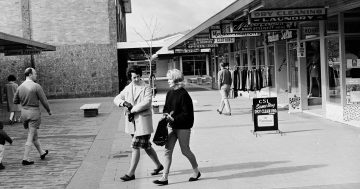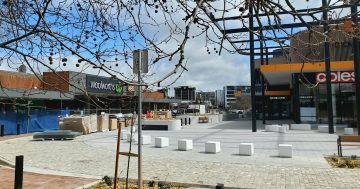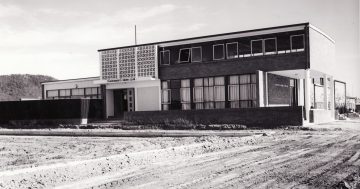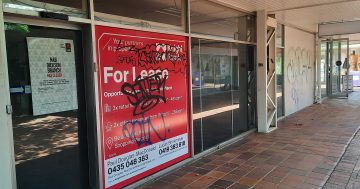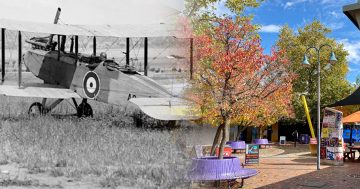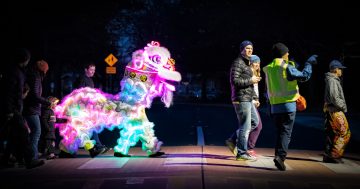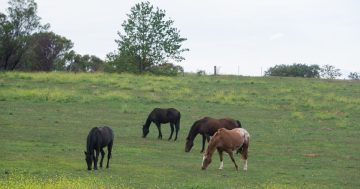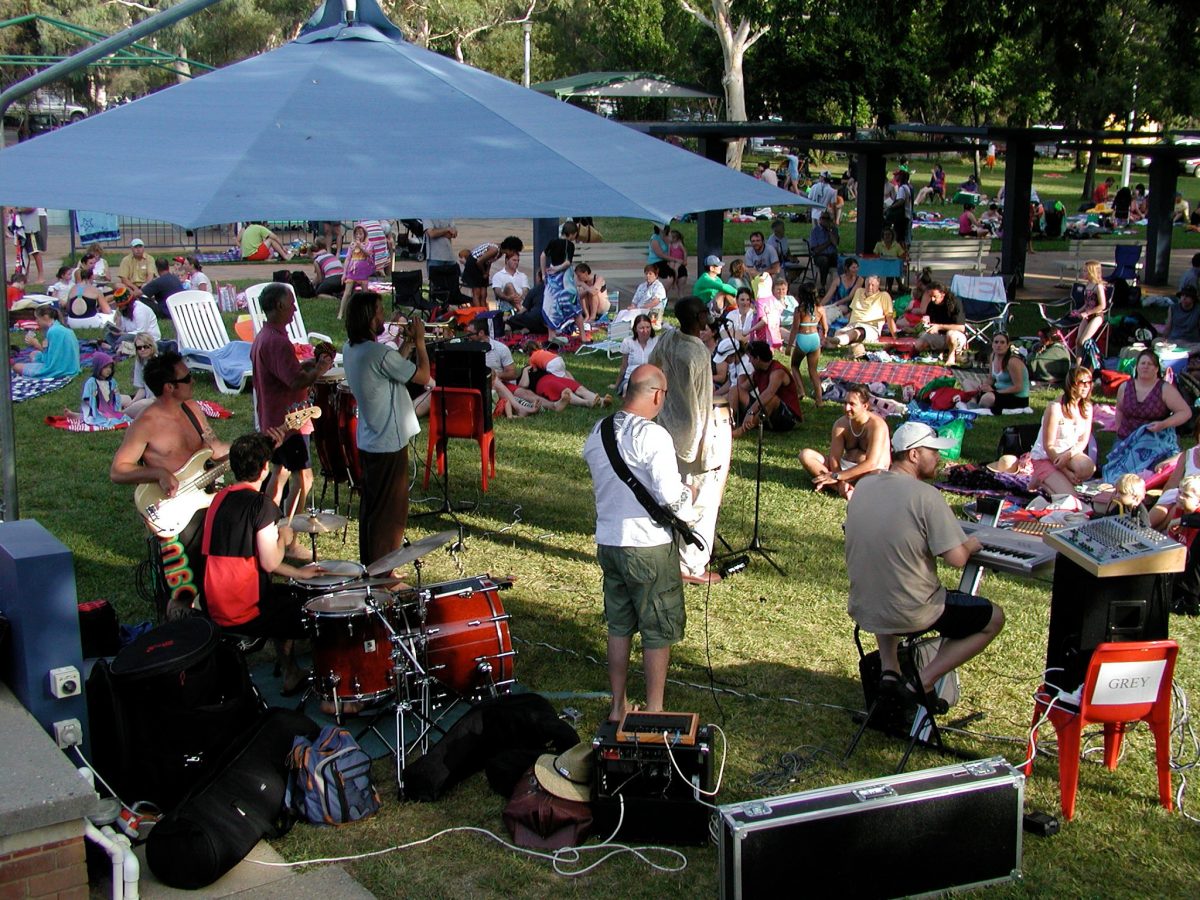
A community building project encourages residents to linger at Dickson Pool long after most people have scuttled home for the dinner-bath-bed routine. Photo: Dickson Residents Group Inc.
After half a century living in Downer, Tim Hingston-Brook can safely say the more things change, the more they stay the same.
Following decades of evolution, his suburb and its inner north neighbours of Dickson, Watson and Hackett are still defined by the unfaltering support of its close-knit communities.
“No one resident, group, business or organisation on its own does the trick, though – you need layering,” he says.
Those layers include Inner North institutions like The Tradies and the surrounding Dickson Shops – both of which this year mark their 60th year of supporting the growth of these neighbourhoods – and community-powered groups like the Downer Community Association, a “hodgepodge” of residents who, since the 80s, have worked with government and local organisations to better the suburb.
“It was so long ago that I can’t remember why I was compelled to get involved,” Tim says.
“A pharmacist at the Downer shops wanted to promote more things for his business, and there was this group of women who were at home with small children, who were finding it difficult to get their strollers down a particular street and wanted to campaign for a footpath.
“We were this rather odd mix of people who said, ‘Right, let’s get together and get things done’.”
They secured the footpath, along with many other improvements, with support from fellow residents, local businesses, and organisations like Rotary and the Dickson Tradies.
“During the centennial, we got the whole area between the community centre and the shops renovated with no government funding,” Tim says.
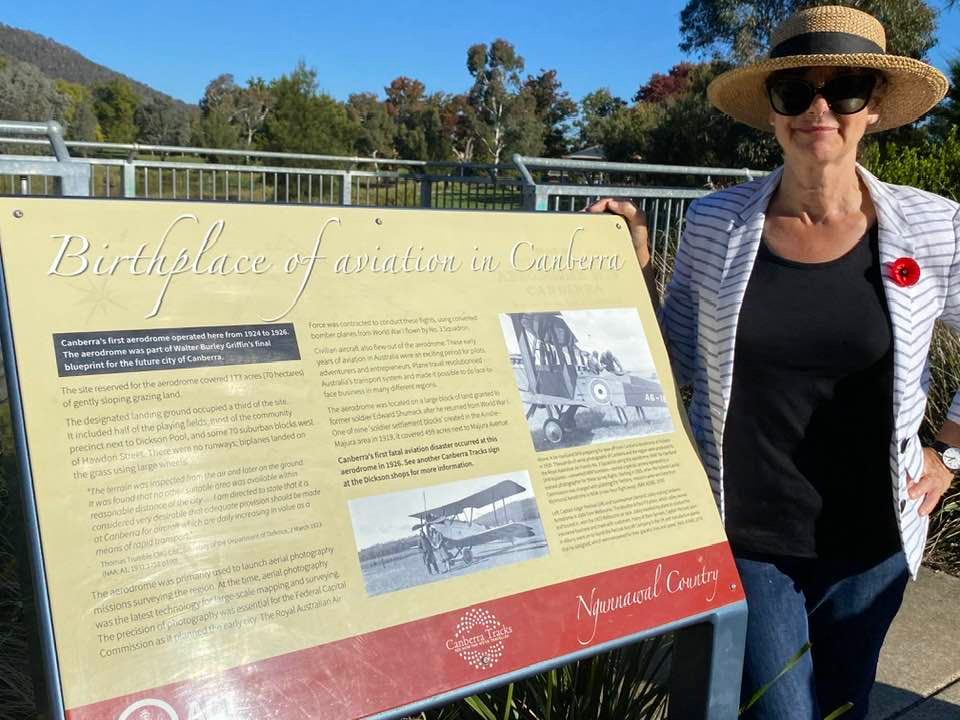
Dickson Jane Goffman stands with a placard of information on Canberra’s first aerodrome. The placard is part of a heritage walk created by the Dickson Residents Association. Photo: Dickson Residents Group Inc.
Throughout the decades, stories like these have helped form the identity of Canberra’s inner north.
As one of the founding members of the neighbouring Dickson Residents Group, Jane Goffman, a town planner with experience living in major cities around the world, believes that residents stepping up on behalf of their community play a fundamental role in shaping neighbourhoods.
The group was formed in 2011, shortly after Jane and her neighbours united to protect their suburb.
Since then, the group’s primary focus has been fostering a sense of togetherness within the local community.
The abiding focus of the Dickson Residents Group has been bringing people together.

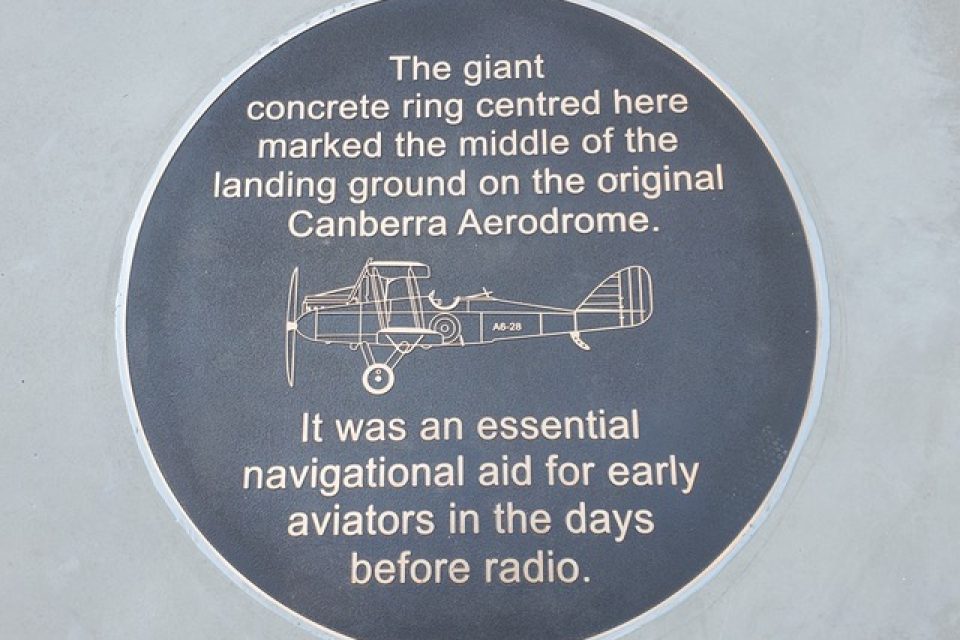
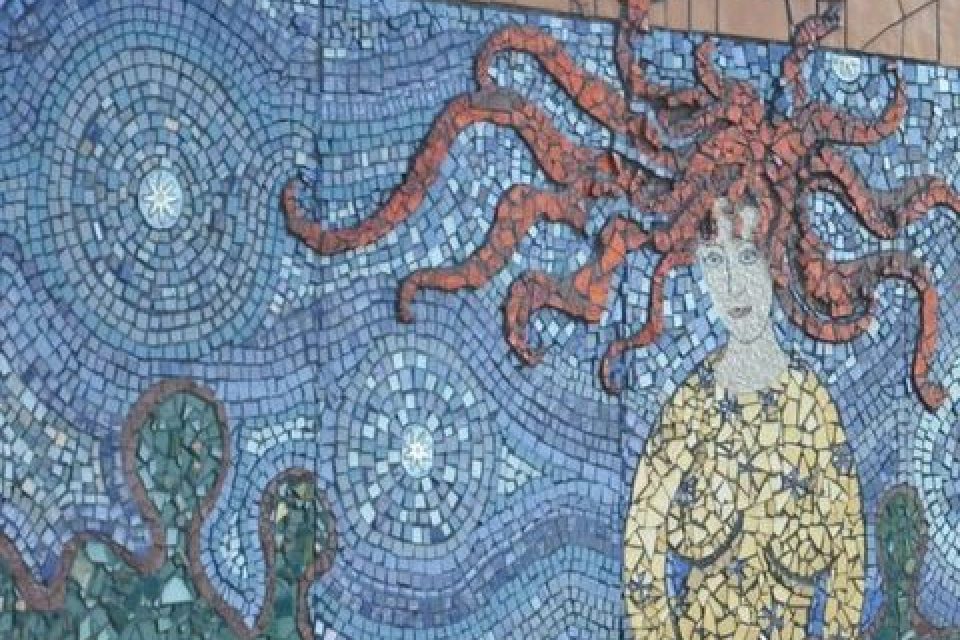
Among their many achievements, they launched a community-building project that revitalised Dickson Pool and positioned it as a viable place for families to linger and connect when most would scuttle home for the dinner-bath-bed routine.
Jane also started a series of heritage walks as a “way for people to share stories and get to know each other a bit”.
Among other things, it uncovers local stories of one of the first Aboriginal walking tracks through the Limestone Valley, which millennia ago forked out where the Dickson playing fields are now, as well as the national capital’s first airfield, the Dickson aerodrome, which played a major role in mapping the new capital.
“Researching local history is a lovely and useful way of helping people build connections and open doors that would have been closed otherwise,” Jane says.
“The more you feed that, the more connection is created.”
Jane says the community values embedded in the Inner North are a testament to the urban planning that took place after Dickson was gazetted in 1928 and Downer, Watson and Hackett in 1960.
“The social isolation I’ve often felt living in bigger cities isn’t an issue here. Here, you know you can pop in for a cuppa if you really need someone to talk to, neighbours feel free to call each other in the middle of the night in an emergency. The safety net that creates around a young family is enormously powerful,” she says.
“From a town planning perspective, I can say that having a mix of places so close to a city that includes family housing is unusual. It produces a quality of life with a strong social structure that I think is unparalleled.
“Community building is a key part of good town planning – the better you do it, the better you knit together the social fabric people rely on.”
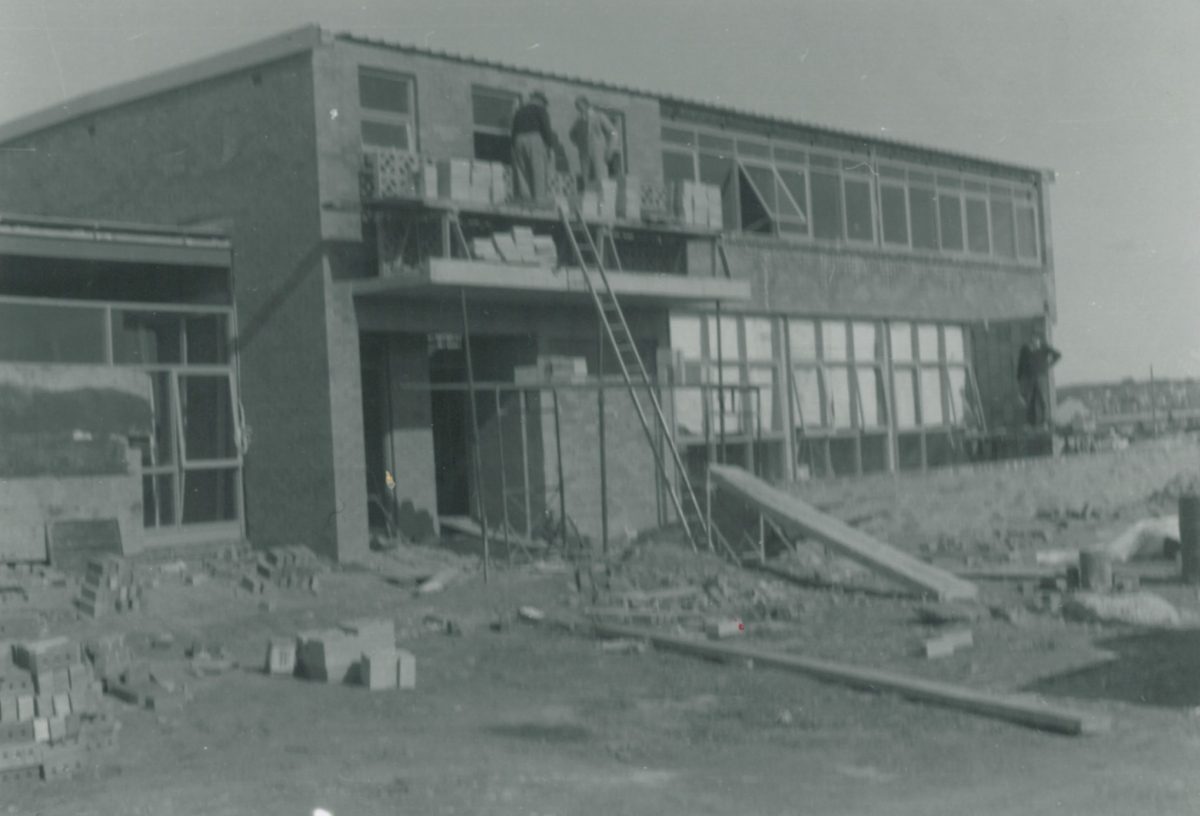
The 1964 construction of The Tradies, an Inner North institution which this year celebrates its 60th anniversary. Photo: The Tradies.
With its BMX track, bike museum and trams, Jane says community spaces such as The Tradies, which arrived shortly after Downer, Watson and Hackett all gazetted in 1960, have also been integral to that social fabric.
“The Tradies has been a good example of a symbiotic relationship between a business or organisation and its local community. They thrive on the population in the areas they serve and recognise the importance of giving back,” Jane says.
“The club has helped preserve an enriching diversity in the suburb as an integral part of a community that’s both professional and working class.
“Its continuity has made it a sort of anchor – one of the few real constants in the area for people to remember. They remember coffee catch-ups with friends and celebrations with family.”












